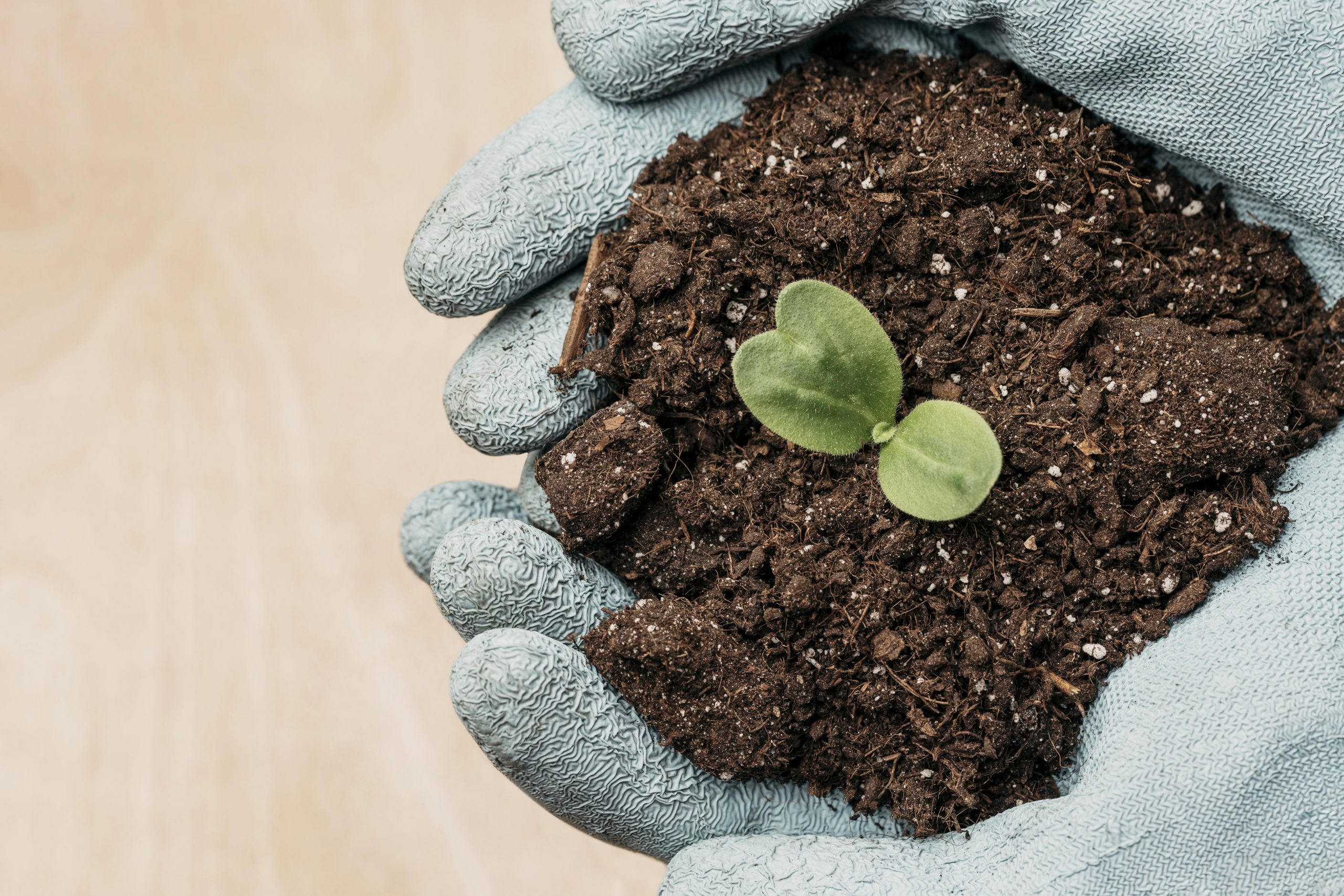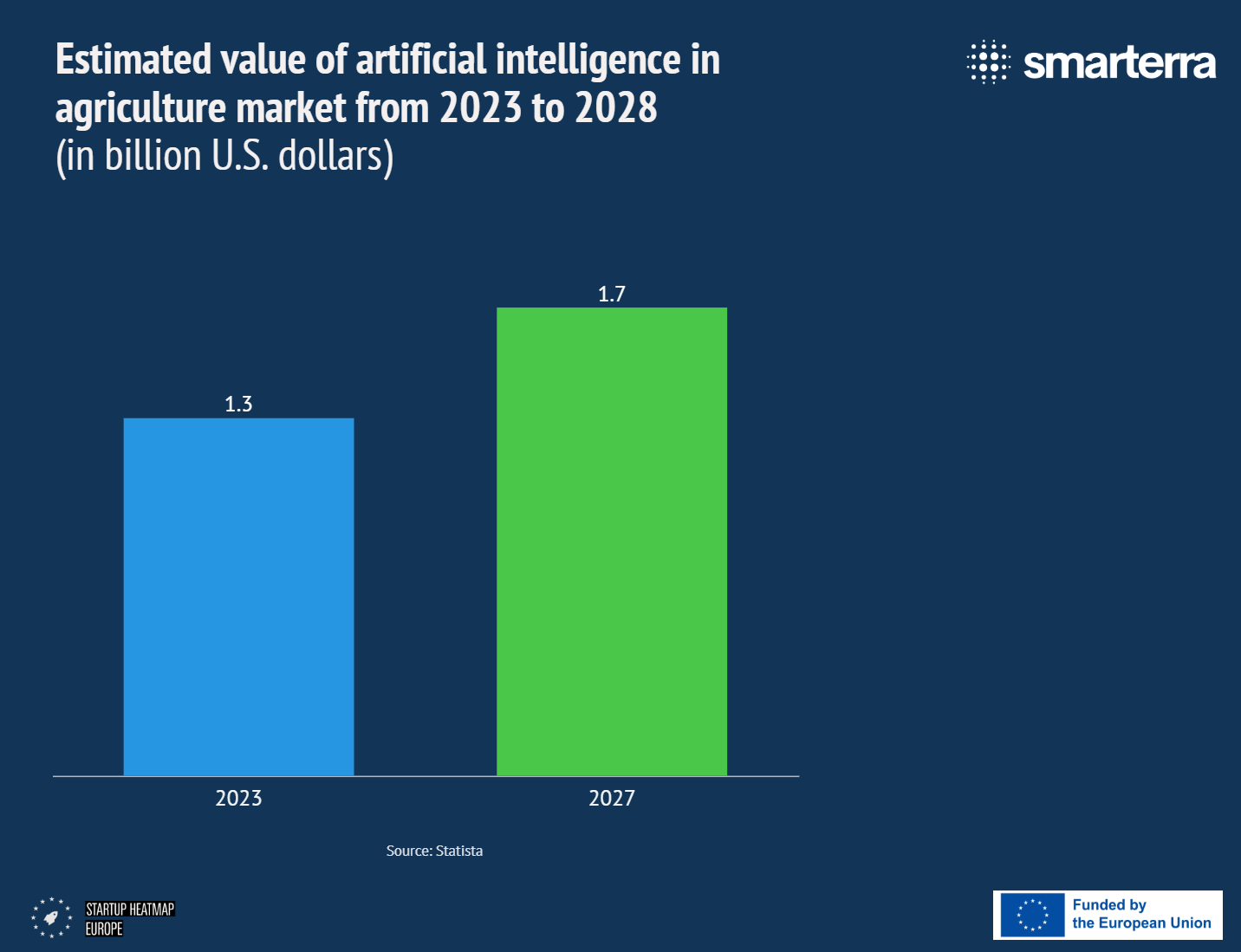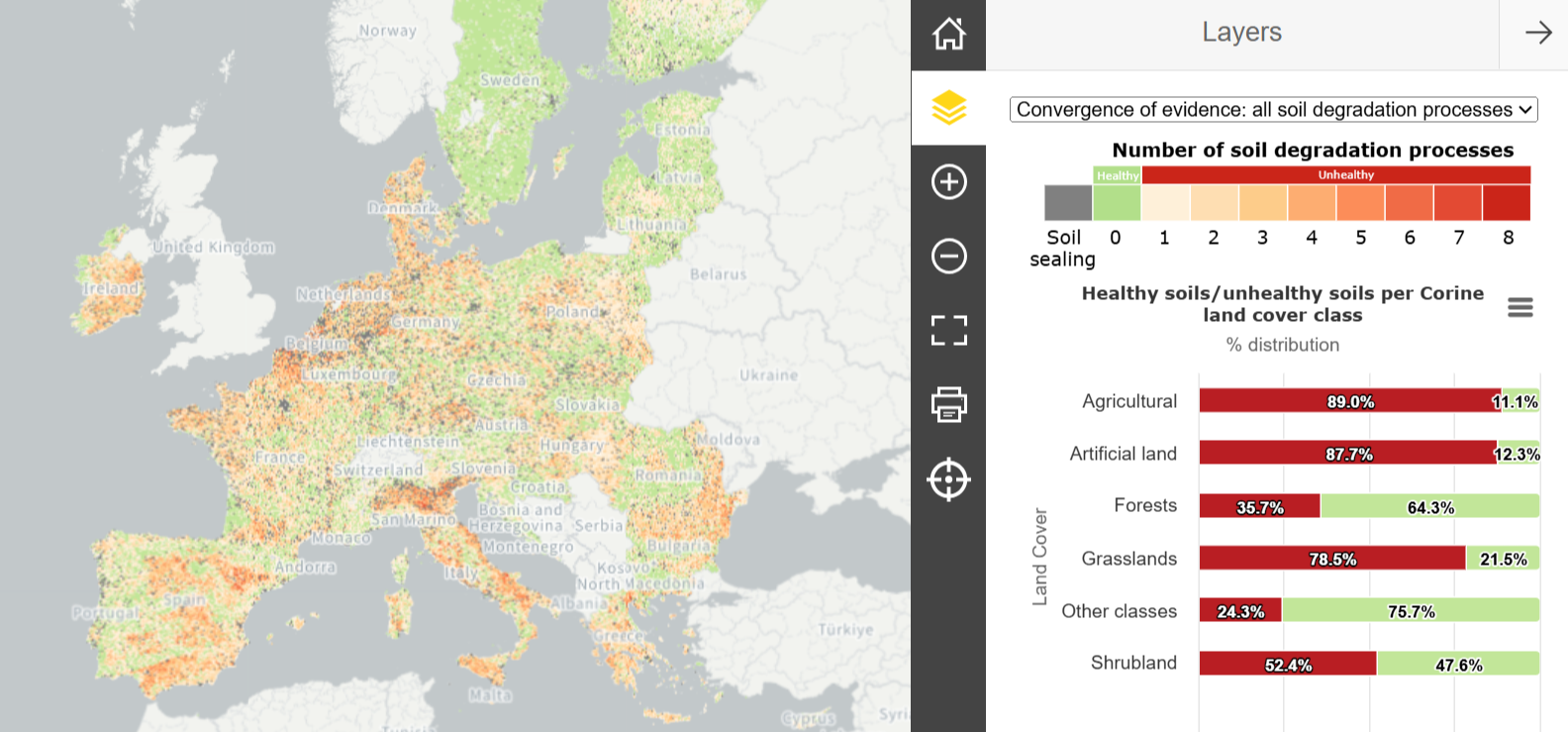The Silent Revolution: How Soil Health and Biodiversity Can Save Our Planet

The fight against climate change is often portrayed as a battle fought in boardrooms, laboratories, and international summits. Yet, beneath our feet lies one of the most potent, underutilized tools in this fight: soil. At Abit Agritech, we believe that restoring soil health and enhancing soil biodiversity is not just a climate solution—it is the foundation for sustainable agriculture, food security, and environmental resilience.
As technology continues to transform agriculture, AI is emerging as a key enabler in sustainable soil management and biodiversity enhancement. According to market projections, the value of AI in agriculture is set to grow from $1.3 billion in 2023 to $1.7 billion by 2027 (see graph). This shift underscores the increasing role of data-driven solutions in optimizing soil health, predicting degradation risks, and implementing regenerative farming practices.
By integrating AI with biodiversity-focused strategies, we at Abit Agritech are bridging the gap between technology and nature to create resilient, climate-smart agricultural systems

The graph illustrates the projected growth of the artificial intelligence (AI) market in agriculture from 2023 to 2027, measured in billion U.S. dollars. The market is expected to increase from $1.3 billion in 2023 to $1.7 billion in 2027
The Hidden Power of Healthy Soil
Healthy soil is more than just dirt—a living ecosystem teeming with microorganisms, fungi, and organic matter that regulate water cycles, store carbon, and sustain plant life. According to the European Commission, soil stores more carbon than the atmosphere and all plant biomass combined. This makes it a critical player in carbon sequestration and greenhouse gas mitigation.
In Europe, agricultural soils contain approximately 31% of the European Union’s total soil carbon stocks and have the potential to store even more. Estimates suggest that European arable lands could sequester 27 and 91 million tonnes of carbon (Mt C) by 2020 and from 150 to 583 Mt C by 2100 in the upper 30 cm of soil. This means that annual soil carbon sequestration potential might initially range between 2.7 and 9.1 Mt C, offsetting 2.3% to 7.8% of total European emissions from the agricultural sector.
However, modern agricultural practices, deforestation, and industrial pollution have degraded vast soil tracts worldwide. The result? Increased carbon emissions, reduced soil fertility, and greater vulnerability to droughts and floods. If we are serious about reversing climate change, we must start by regenerating our soil.

This ‘convergence of evidence’ map shows where scientific evidence converges to indicate areas that are likely to be affected by soil degradation processes. The top bar represents the number of degradation processes, from healthy (green) to highly degraded (red). The chart below compares soil health by land cover. Agricultural (89% unhealthy) and artificial land (87.7% unhealthy) are the most degraded, while forests (64.3% healthy) and other natural areas have better soil conditions. Grasslands and shrublands also show significant degradation. Human activities, especially agriculture and urbanization, are key factors in soil health decline.
Soil Health and Climate Change in Southern Italy
Soil health is critical in combating climate change in southern Italy, particularly given the region’s vulnerability to desertification and drought. Approximately 20% of Italy’s territory is affected by soil degradation, with southern regions like Sardinia, Sicily, Apulia, and Basilicata particularly at risk.
Healthy soils are vital for carbon sequestration and act as significant carbon sinks. Agricultural soils contain 31% of the European Union’s total soil carbon stocks and have the potential to store even more. Depending on various factors, enhancing soil health in southern Italy could increase carbon sequestration capacity by an estimated 9 to 24 million tonnes of CO₂ equivalent per year.
However, climate change exacerbates challenges in the region. For instance, in the last six months of 2023, Sicily received only 150mm of rain, leading to severe drought conditions. Up to 70% of the island is at risk of desertification.
Improving soil health through regenerative agricultural practices can mitigate these issues by enhancing water retention, reducing erosion, and increasing resilience against extreme weather events. Such practices combat climate change and support the sustainability of agriculture in southern Italy.
Biodiversity: The Unsung Hero of Soil Regeneration
Soil biodiversity—the variety of life below the ground—acts as nature’s engine for nutrient cycling, disease suppression, and water retention. Fungi, bacteria, earthworms, and other soil organisms play crucial roles in decomposing organic matter and transforming nutrients into forms that plants can absorb. Without this underground workforce, soil becomes lifeless, compacted, and prone to erosion.
Enhancing soil biodiversity through regenerative farming, agroforestry, and organic practices restores soil’s ability to capture and store carbon effectively. These nature-based solutions demand a shift in mindset: from extraction to regeneration.

The graph shows the steady growth of agricultural gross production value in France, Italy, Portugal, and Spain from 2021 to 2026. Italy’s production increases from 51.42B to 61.86B USD, reflecting rising efficiency, investment, and sustainability efforts. With advancements in AI-driven farming, regenerative agriculture, and EU-backed initiatives, Italy has strong potential to boost productivity, enhance exports, and lead in sustainable agritech innovation.
A Call to Action: Technology and Policy for Soil Restoration
Abit Agritech acts as a catalyst of soil efficiency by enhancing biodiversity through advanced technology and artificial intelligence. Abit’s comprehensive methodology transforms soil into a powerful ally for farmers. By improving soil health, Abit helps mitigate the effect of climate change, boost agricultural productivity, and achieve environmental sustainability goals.
At the root of Abit’s solution is the Abit app, a web app that perfectly combines state-of-the-art technology with a scientifically validated methodology that has been used for more than 15 years in biological monitoring. In addition to this highly scientific aspect, Abit provides farmers with several metrics related to soil biodiversity and all the necessary documentation to understand and communicate their achievements in biodiversity and regenerative agriculture, ensuring long-term success in a competitive market.
But technology alone is not enough—we need global collaboration, investment, and policy frameworks that incentivize regenerative practices.
Governments and businesses must recognize soil as a valuable asset in climate strategies. Carbon farming incentives, soil restoration grants, and public-private partnerships can accelerate the adoption of soil-friendly practices at scale. The time to act is now.
The Future Lies Beneath Our Feet
The climate crisis demands urgent, scalable solutions. Soil health and biodiversity are among the most effective and immediate climate actions we can take. By harnessing nature’s power, we fight climate change and ensure food security, water conservation, and resilient ecosystems for future generations.
At Abit Agritech, we stand at the vanguard of this movement and invite policymakers, businesses, and farmers to join us in this soil revolution. The health of our planet begins with the ground we walk on. Let’s restore it together.
About the AuthorS

Chiara Antonucci
Chiara Antonucci is the CEO and Co-Founder of Abit Agritech, an innovative startup dedicated to enhancing soil biodiversity through advanced agricultural technology.
Matteo Zinni
Matteo Zinni, Biodiversity Manager, with a background in entomology and biomonitoring, leads the development of nature-based solutions.

